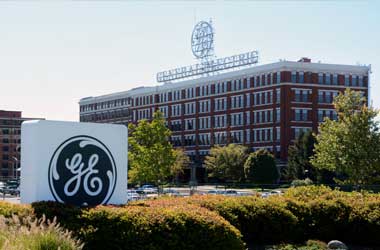 The British pound traded at about $1.33 Friday, reflecting a decline of 0.5% from previous week, the largest since mid-June. The decline happened against the backdrop of worries about absence of any headway in Brexit discussions.
The British pound traded at about $1.33 Friday, reflecting a decline of 0.5% from previous week, the largest since mid-June. The decline happened against the backdrop of worries about absence of any headway in Brexit discussions.
Notably, EU’s negotiator Michel Barnier had stated that the UK must look into the EU demands for level playing field, fisheries and addressing issues to finalize an agreement. In the meantime, investors shifted to the greenback as the US employment data was better than anticipated.
Increasing worries about a no-deal Brexit impacted on perception as negotiations faltered on state assistance. Investors are apprehensive about increasing Covid-19 cases as UK recorded 1,940 fresh cases on Friday, the highest since the end of May. In the meanwhile, the UK’s government made a decision to prolong relaxed cash claim guidelines intended to assist Covid-19 affected enterprises raise crucial funding and purchase a greater share of rights issues.
The Prime Minister’s office expects only a 30% to 40% likelihood of a post-Brexit trade agreement to be signed with the EU before the end of this year, a figure far lower than forecast by financial markets.
A document published by The Spectator’s James Forsyth, for The Times, clarifies that the rationale for Downing Street’s cynicism dwells with the problem of state assistance, with other pending problems such as fisheries will probably be settled.
As per a report in The Times, the UK is poised to double the quantity it fixes for its fisherman at the cost of the EU. It seems like the final agreement will involve some flexibility around the final quota.
Forsyth states the actual troubling block that hinders the likelihood of reaching an agreement is the state assistance rules which allows the UK government support a particular sector or company directly through allocation of funds.
Such kind of backing won’t happen in the same manner as conventional industrial assistance, for illustration in steel or vehicle production, but will be oriented towards futuristic industries.
As per the report Johnson and his staff want to back the UK tech firms to permit them to grow bigger, thereby putting an end to reliance on the US and China technologies, which usually gain from large state assistance.
“The bigger issue is Britain’s desire to use state aid to build up its own technology sector. The view in Downing Street is that this country needs to develop large technology companies at scale and that requires state involvement,” says Forsyth.
The EU is jittery of the consequence and has demanded the UK to issue a guideline on the matter, which will permit them to step forward and clinch an agreement. The UK, however, is reluctant to reveal their intentions.
Forsyth said “It is tempting to imagine that all this talk of no deal is just more Brexit theatre; that the table will be kicked over in one last fight with Brussels, and then a deal will be done at the last with both sides claiming victory. But Boris Johnson is adamant on the state aid point.”
The query now for the pound and other UK based financial assets is whether the market also believes that there are only 30% to 40% chances of clinching an agreement, or whether there needs to be some downward alignment.
In the same manner, the market might view the risk of a no trade Brexit as being comparatively more agreeable than a year back, at the behest of Covid-19 pandemic. There is a higher probability that the market understands the misleading of politicians on both ends and trusts a late-minute agreement will be attained as compromises are eventually made.
On the local data front, a PMI survey indicated that the UK construction industry expanded at the lowest rate in three months and missed expectations. Specifically, the IHS Markit/CIPS UK Construction PMI declined to 54.60 in August, from 58.10 in July, which was a five year high reading. Economists had anticipated a reading of 58.50 as a dearth of fresh work to substitute finished agreements had acted as a constraint on the speed of growth.
The civil engineering industry slumped into contraction and growth of commercial and house construction declined. Fresh orders declined, supply chain chaos continued, job losses slowed down only mildly and input price inflation rose. Ultimately, business anticipations improved against the backdrop of an improvement from key infrastructure ventures and robust public sector spending.
Analysts anticipate the pound to decline further as the UK nears the end of changeover period after Brexit. Analysts anticipate the pound to trade between $1.20 and $1.47 in the next 12-months.




